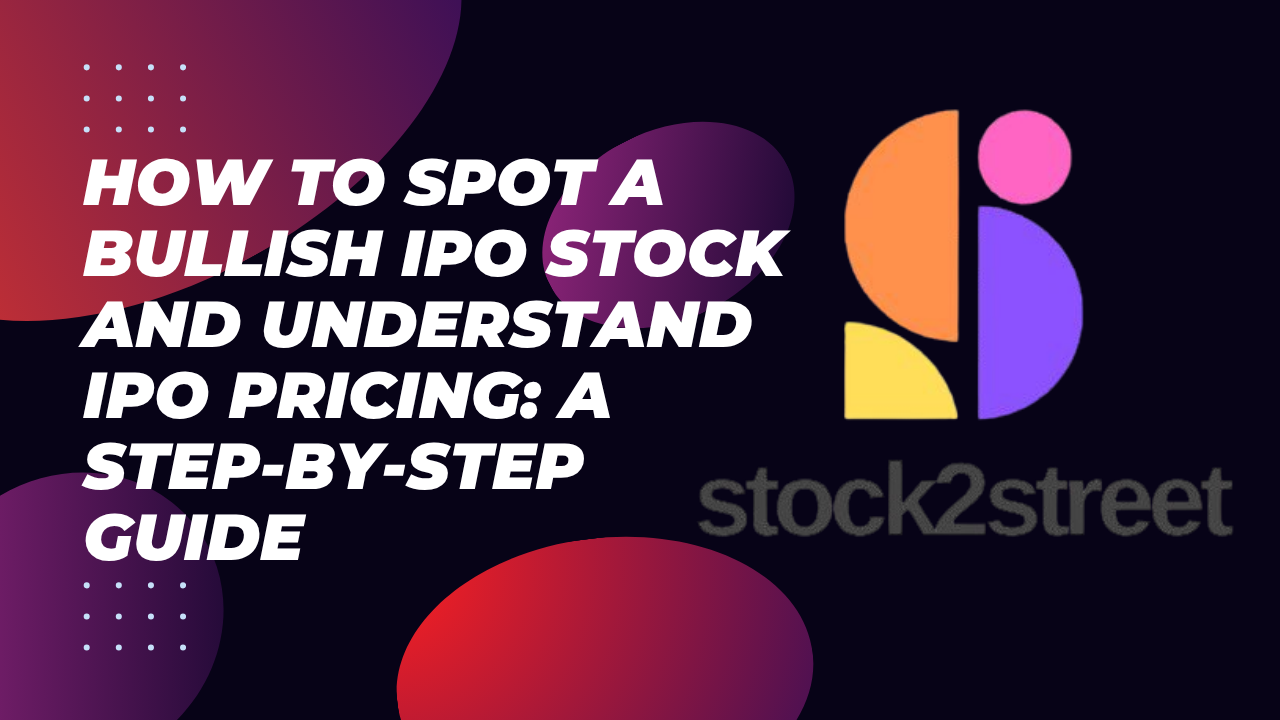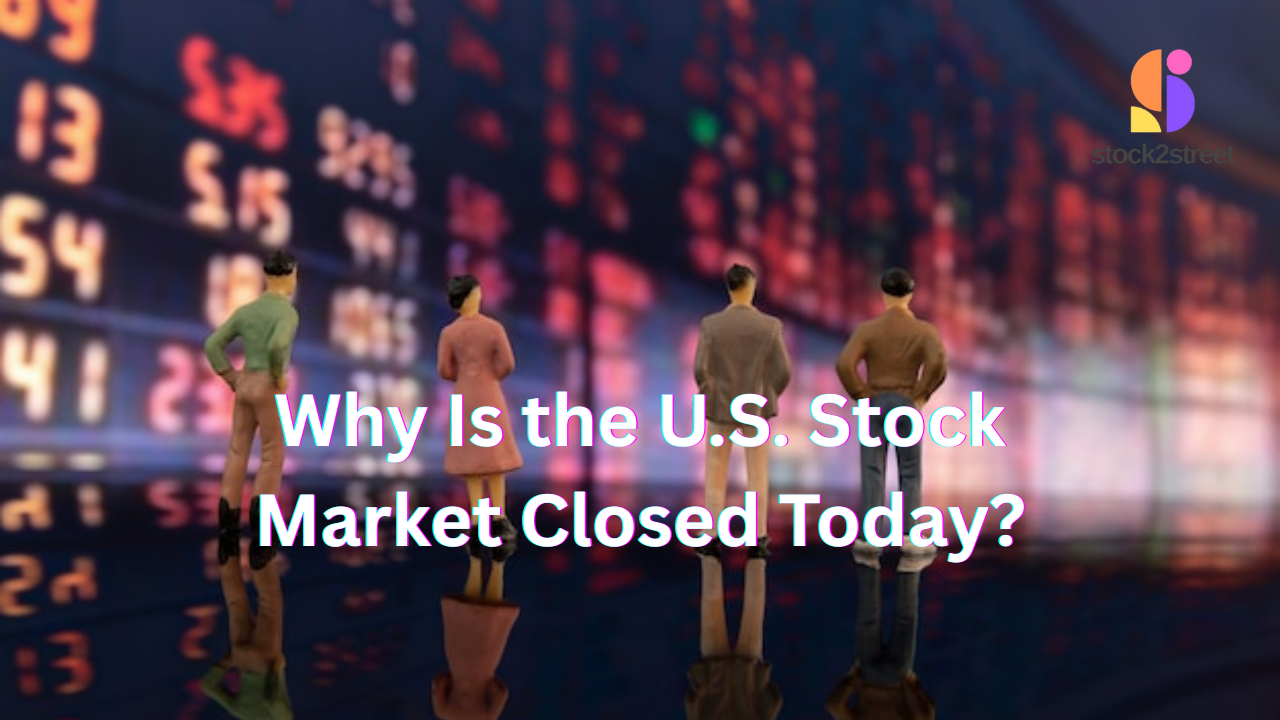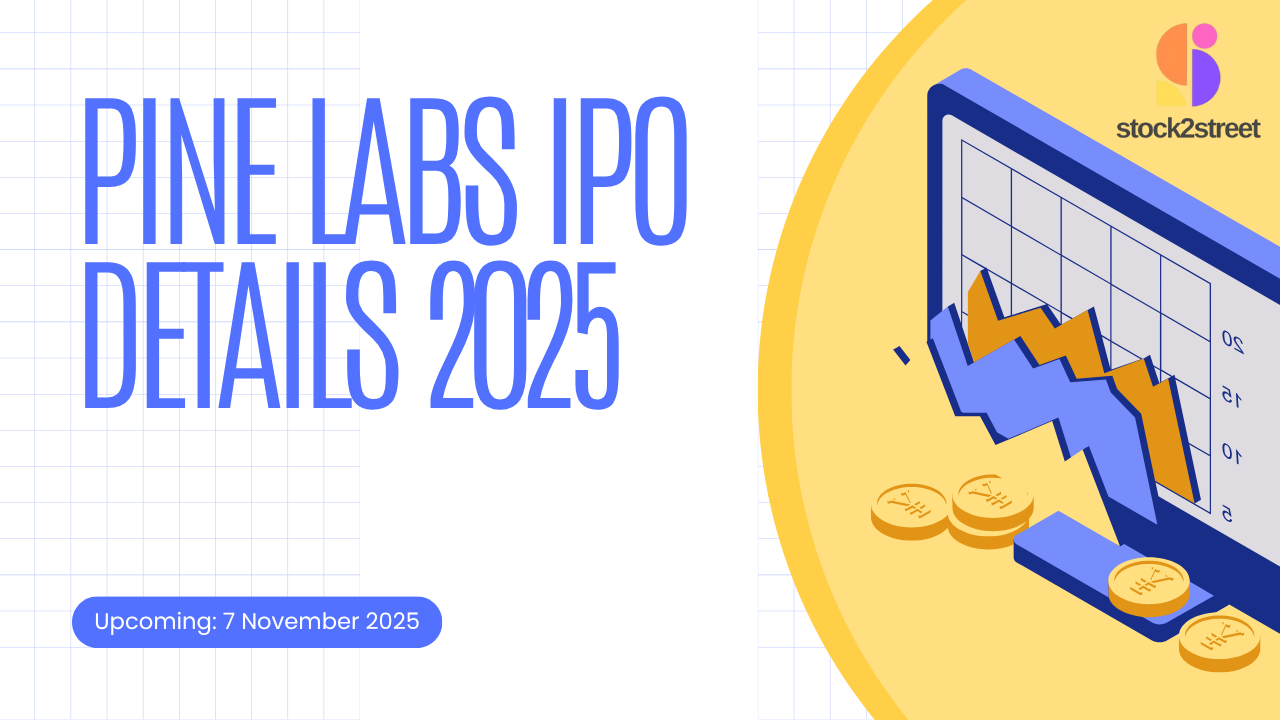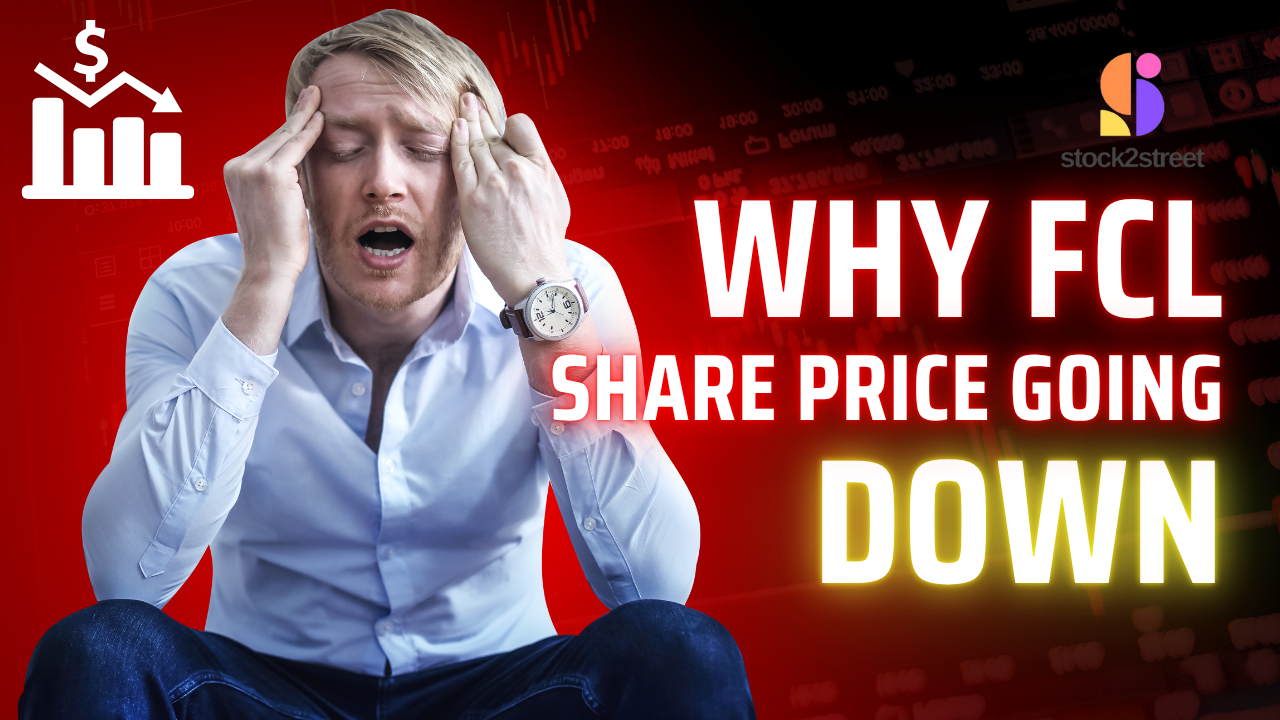How to Spot a Bullish IPO Stock and Understand IPO Pricing
Bullish IPO Stock Introduction Bullish IPO Stock make headlines and excite investors, but how can you actually tell when an IPO is bullish? What does “bullish IPO price” really mean to the retail investor? Bullish IPO Stock, I will take you through a step-by-step explanation of what a bullish IPO looks like, how IPO prices are set, what the signals are that show bullish momentum, and give you practical steps for how to evaluate and act-or not-when an IPO launches. also you can read about Pine labs IPO details 2025 Everything You Need to Know What “Bullish IPO” Means (Quick definition) A bullish IPO would be one where the market sentiments and indicators signal likely strong price appreciation upon listing. Bullish IPO Stock can come from high subscription levels, strong pre-market demand (gray market premium), favorable valuation compared to peers, and confident investor and analyst reception. you can read about Why Is the U.S. Stock Market Closed Today Step 1 — Understand How IPO Pricing Works Before judging bullishness, know the mechanics: Step 2 Read the Prospectus: Sebi DRHP / S-1 or local equivalent Prospectus is dry but important. Scan for: Step 3 — Check Valuation vs. Public Peers A bullish IPO often has a valuation that looks reasonable relative to listed peers: Step 4 — Bullish IPO Stock Measure Demand & Market Sentiment These are practical, real-time indicators: Step 5 — Bullish IPO Stock Look at Underwriters and Anchor Investors Quality of banks and anchor commitments matter: Step 6 — Prepare Your Strategy: Entry, Target, Risk If the signals look bullish, decide on your approach. Step 7 — Bullish IPO Stock Watch for Listing Day and Early Trading Signs Listing day dynamics are critical: Step 8 — Bullish IPO Stock Post-Listing Fundamentals & Follow-up Don’t stop at the listing — monitor the fundamentals: Bullish IPO Stock Risks to Keep in Mind Even “bullish” IPOs can reverse. Top risks: Bullish IPO Stock Quick Checklist — Is this IPO Bullish? If you answered “yes” to most, the IPO has bullish characteristics — but always size positions sensibly. Conclusion – Be smart, not FOMO-driven A bullish label should come from a mix of the fundamentals: growth, margins, management, and market signals: demand, pricing, underwriter quality. Separate substantiated bullishness from hype with the step-by-step checklist above. Remember, IPOs can be highly volatile; any trade should be firmly aligned with your risk tolerance and investment plan.









